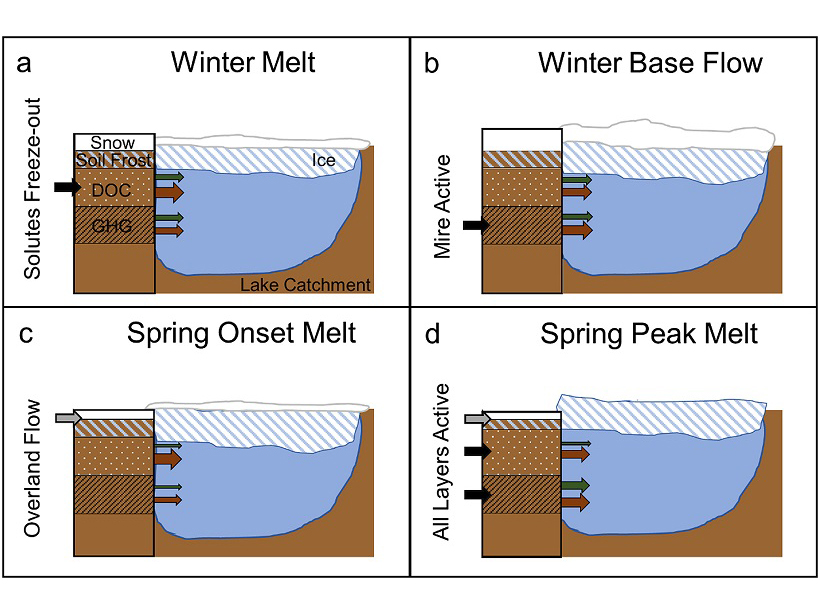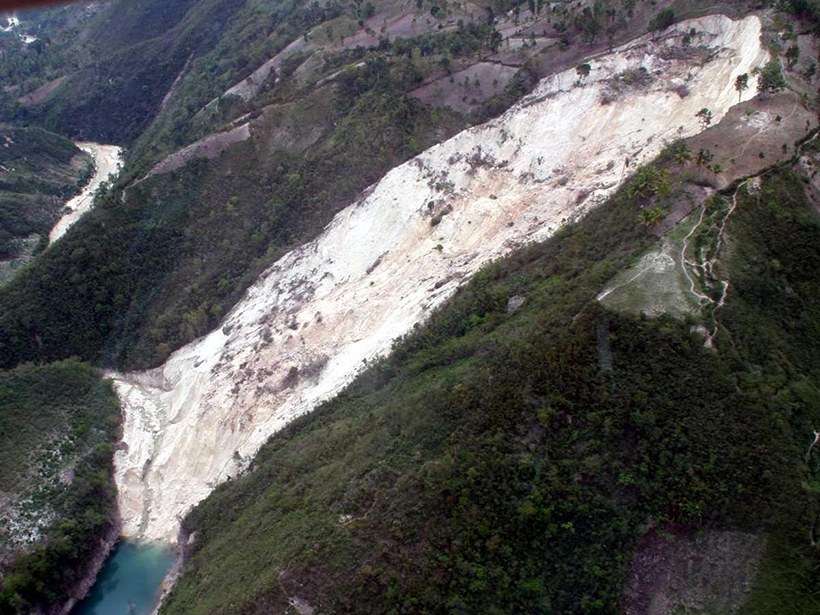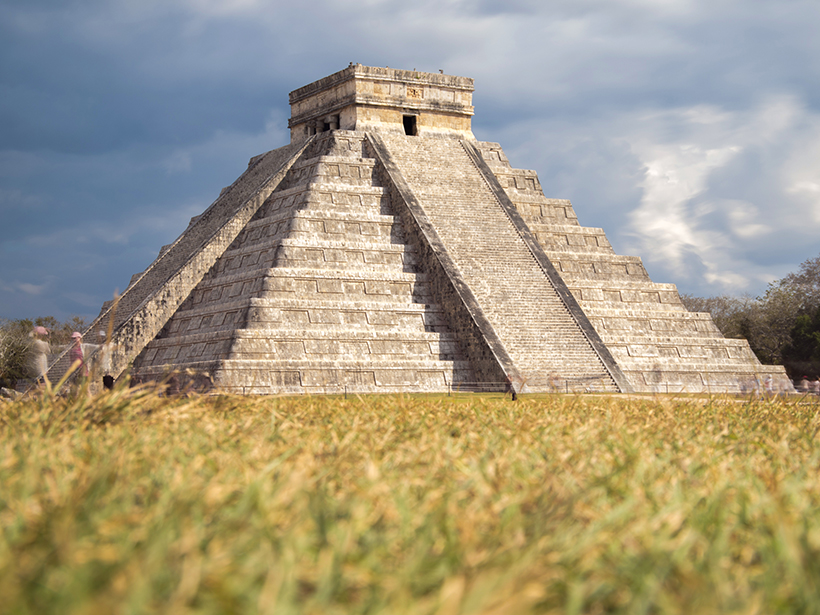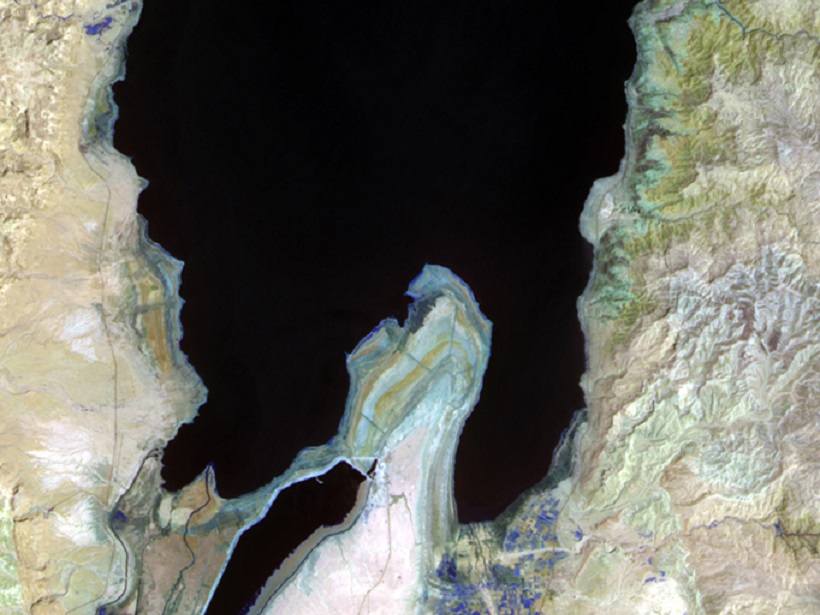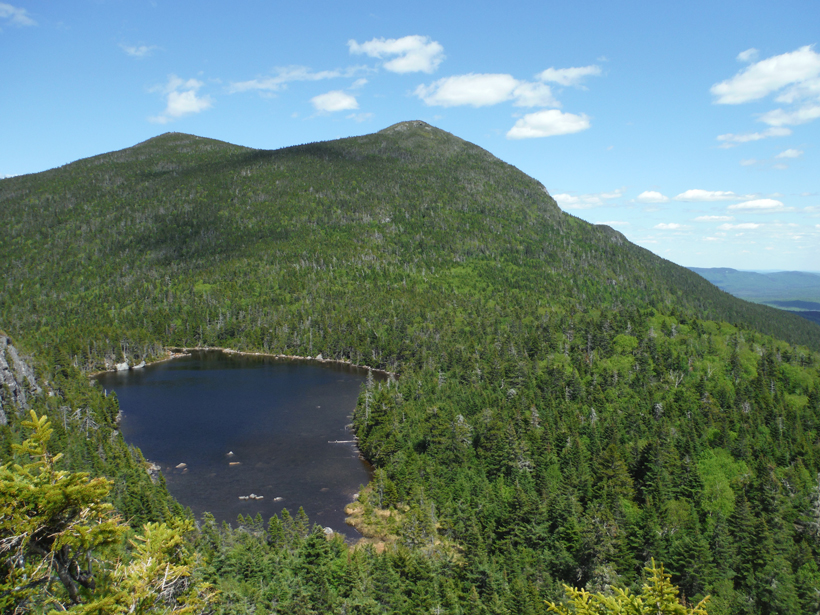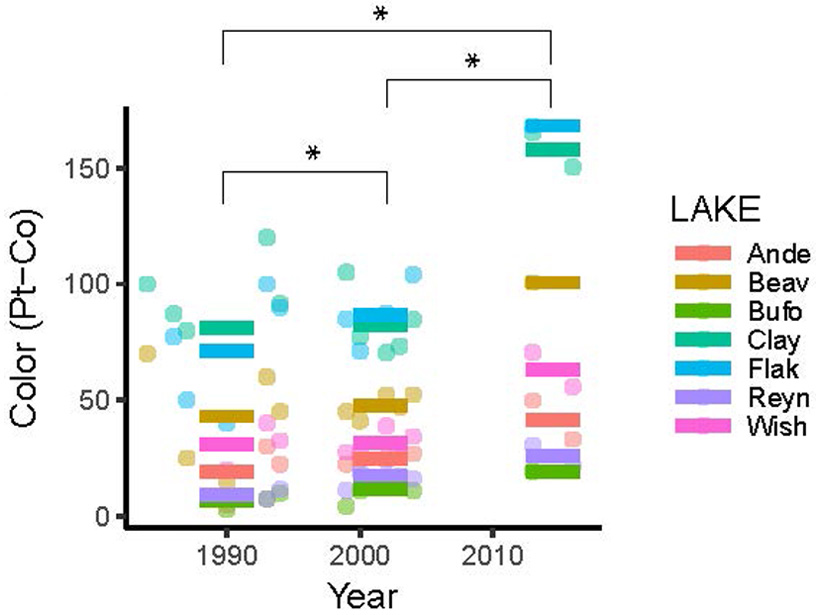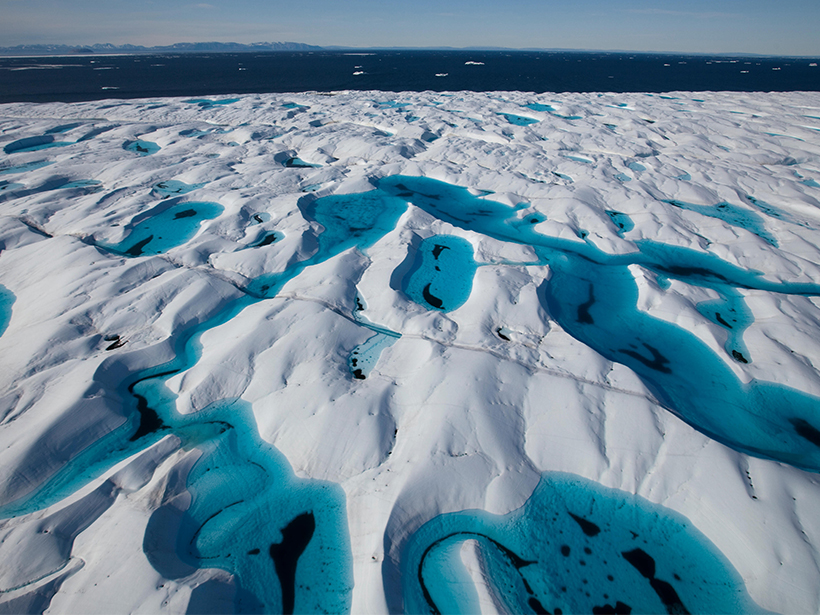Rarely made detailed measurements of carbon dioxide and methane under lake ice reveal a story more complex than simple models of gas buildup, with surprising findings for climate change impacts.
lakes
Landslides Send Carbon-Rich Soils into Long-Term Storage
Earthquake-triggered landslides move soils down steep slopes and deposit the sediments near rivers, sequestering the carbon contained within them for millions of years.
Severe Drought May Have Helped Hasten Ancient Maya’s Collapse
Chemical signatures from sediments in lake cores reveal that the centuries-long drought during the fall of Classic Maya civilization was worse than researchers had imagined.
Seeing Surface Water From Space
Satellite-based optical sensors can detect, measure and monitor changes in lakes, reservoirs, rivers and wetlands, providing useful data with multiple applications for science and society.
Just How Anomalous Is the Vast Baltic Sea Dead Zone?
Newly drilled cores from the Baltic Sea reveal 1,500 years of deoxygenation history. The record sheds light on the dire state of the Baltic Sea today.
Effects of Acid Rain, Climate Change on Freshwater Lakes
New England lakes weathered years of acid rain. A new study tracks how they are faring after 30 years of regulation and how climate change factors into the equation.
Nutrients May Change Flavor of “Meadow Tea” in Lakes
Lakes in the US and Europe have been getting more tea-colored over the past 30 years, and this “browning” trend may increase nutrient levels and affect lake water quality.
Rare Glacial River Drains Potentially Harmful Lakes
Antarctic lakes have contributed to ice shelf breakup in the past, but a glacier in Greenland appears safe from a similar fate, thanks to a river that drains away water.
Getting Littoral with Lake Carbon Efflux
Next generation forced diffusion chambers reveal dynamic environment for lake carbon exchange with distance from shoreline.
How Paleofire Research Can Better Inform Ecosystem Management
Global Paleofire Working Group 2: Paleofire Knowledge for Current and Future Ecosystem Management; Saint-Hippolyte, Quebec, Canada, 10–14 October 2017

